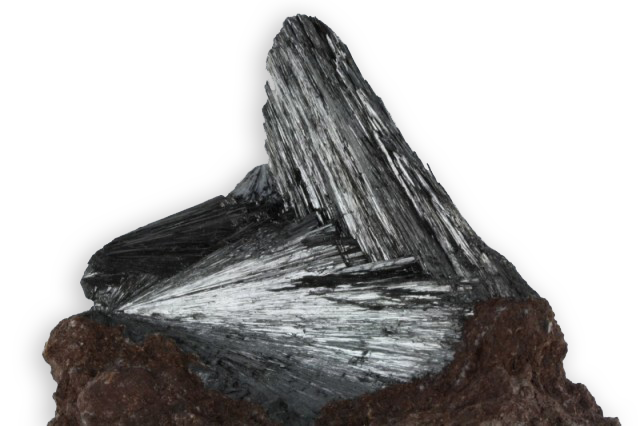
pyrolusite
Identified and named in 1827, its name comes from the Greek words meaning “fire” and “who washes”, as it was used to remove from glass its green and brown color due to iron. This is the main element of “dendrites ” black seepage into the
Je vous emmène à travers mes vidéos découvrir mon expérience acquise depuis plus de 30 ans a silloner le globe entier à la recherche de pierres précieuses, de rencontre mémorables mais aussi de difficulté parfois …

Identified and named in 1827, its name comes from the Greek words meaning “fire” and “who washes”, as it was used to remove from glass its green and brown color due to iron. This is the main element of “dendrites ” black seepage into the
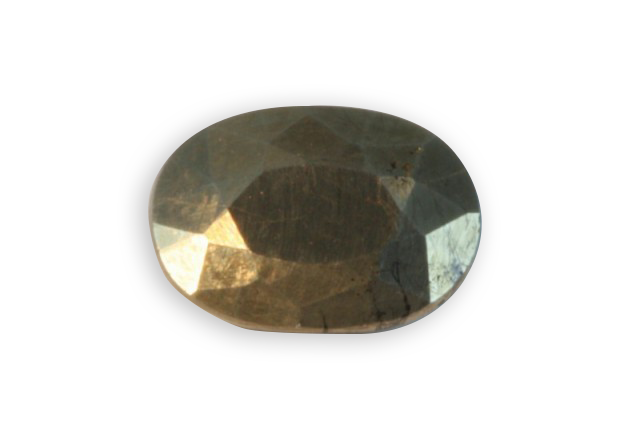
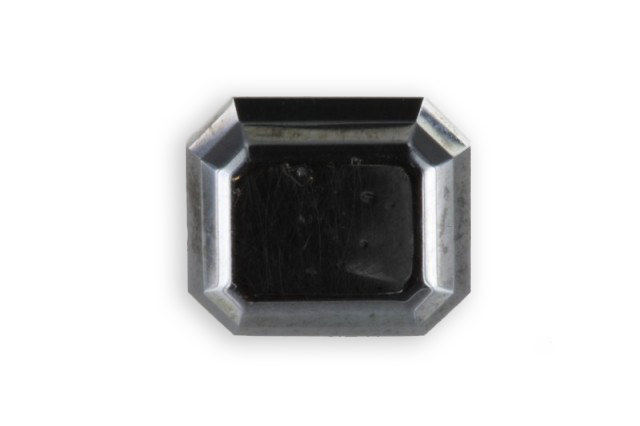
Described in 1831 by Glocker, its name comes from the Greek “pyros” meaning fire and “Argyros” for money. It is a silver salt of a fire red color.
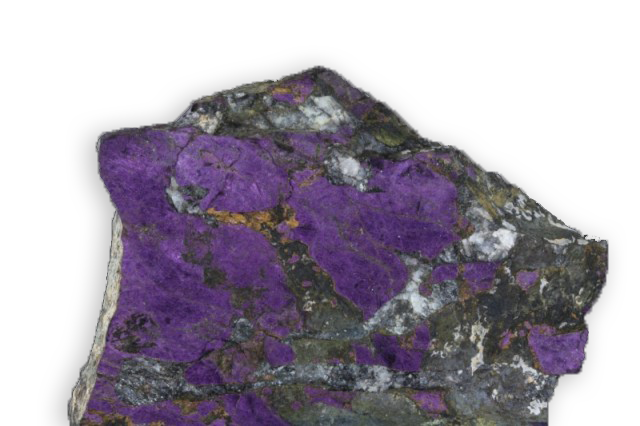
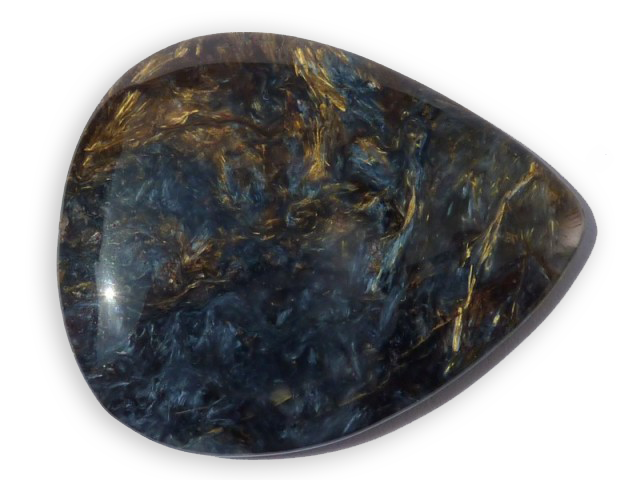
Discovered in 1962 by Pieters in Namibia, this breach consists of an hawk eye and a tiger’s eye (crocidolite). Subsequently, it was discovered in China a rock quite close in appearance to Pietersite, which would be a amphibole rich in torendrikite instead of crocidolite. This
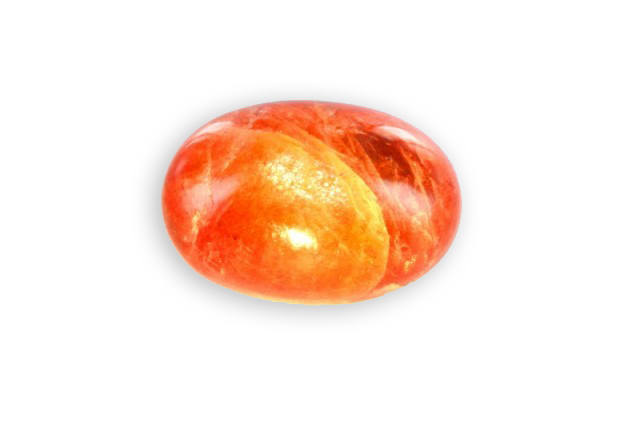
It consists of feldspar, mostly plagioclase and mainly oligoclase, some andesine and labradorite and has a characteristic appearance: there is a flicker of small metallic flakes inside an orange mass, this is why it was given the name of sunstone, or héliolite. This orange optical